Transforming the way DC approaches building performance means getting support from community leaders, like Arup, a Transformer-level member of the Hub. We chatted with Linda Toth, Associate and Energy Business Leader, and Matt Larson, Associate Principal and Buildings Practice Leader, from Arup’s Washington DC office about becoming a Founding Member of the Hub, and the biggest challenges and opportunities Arup sees for the building industry.
Why is building performance important to Arup right now?
Linda Toth: As an organization, Arup has committed to net zero operations by 2030, which includes all emissions scopes—energy used in our offices, purchasing, and travel. While we want to lead by example, we also know that the projects we work on are responsible for a disproportionate amount of carbon emissions, especially in cities like DC where buildings are responsible for over 70% of greenhouse gas (GHG) emissions. We have teams working across the country on portfolio decarbonization, building electrification strategies, required infrastructure upgrades, and embodied carbon impact reductions. One of our current local projects under construction is the first mass timber overbuild in the District, which also has energy-efficient mechanical systems and on-site photovoltaics.
What role do you see the Hub playing in improving DC building performance?
Toth: The community of built environment sustainability and energy professionals in our area is a pretty tight-knit group. I’m excited for the Hub to engage a broader sector of the built environment, share best practices and tools, and ultimately push innovation we have not yet seen. The Hub’s capacity for knowledge management can reduce barriers that contribute to inequities across our communities while providing access to much-needed multidisciplinary resources.
What are the biggest challenges and opportunities for DC commercial real estate in the next five years, and how does building performance fit in?
Matt Larson: The District’s BEPS regulations are established, and compliance timelines have been in place since before the pandemic. While there have been some extensions and adjustments, there is still tremendous uncertainty in the buildings market. For example, owners and operators are trying to understand what capital improvements will be most cost-effective to ensure compliance with not only the first BEPS cycle, but future cycles. We foresee the potential for major shifts in the market, mainly in use types, tenant engagement, and turnover coming in the immediate future. This period of change provides an opportunity to take a look at buildings holistically in order to improve systems and long-term performance. With the Whittle School & Studios project that is currently completing construction in Van Ness, the project was able to take advantage of the lack of occupancy in an underutilized office building to convert the space into a K-12 school with residences. Large portions of the building systems which were nearing the end of useful life were replaced with high efficiency options including an active chilled-beams HVAC solution, while minimizing the need for virgin materials by reusing the primary structure and façade.
Toth: It’s also important to note that the District followed industry best practices when developing the BEPS regulations—focusing first on energy efficiency, then targeting emissions. However, this causes much uncertainty for building owners, as there is a moving target with each cycle every five years. The design community must step up to the challenge and help our clients find the solutions that meet their timelines for capital planning while improving building performance.
What are you most excited about accomplishing in partnership with the Building Innovation Hub?
Larson: The Hub is bringing together government entities who have the power to drive market change by implementing regulation alongside the building owner community to find necessary common ground to move climate goals and targets forward. This partnership provides Arup a new platform for collaborative and integrated engagement outside of our day-to-day project teams and aligns with our own mission to drive sustainable development.
——–
Is your company committed to changing the way D.C. buildings use energy? Learn more about becoming a member of the Hub.

